The world is bustling, all for profit; the world is bustling, all for profit to go! Hello everyone, I am your friend Lao Cui, focusing on digital currency market analysis, striving to convey the most valuable market information to the vast number of coin friends. I welcome everyone's attention and likes, and reject any market smoke screens!
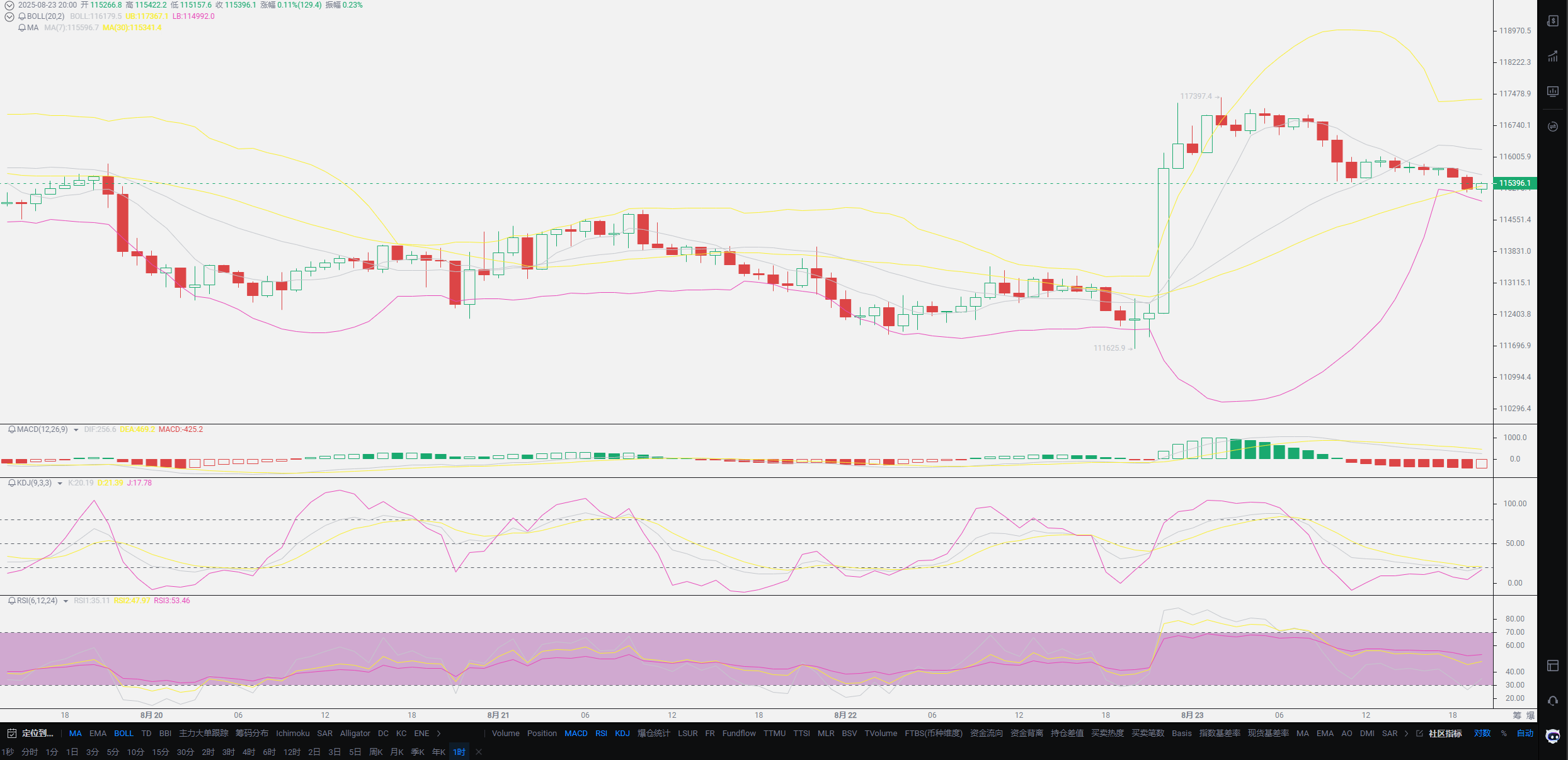
Interest rate cuts have not yet arrived, but expectations for rate cuts are heating up. Coin friends are also puzzled as to why Lao Cui was almost certain that the upcoming interest rate cut by the US was a done deal? Users who still have doubts about this rate cut are almost those who have paid attention to Lao Cui too late. Previously, Lao Cui specifically discussed the financial logic behind interest rate cuts, and today I will revisit it with everyone. How do you understand the economic situation being good or bad? What are the factors that lead to a poor economic situation? Why cut interest rates after the economy worsens? What is the purpose of the rate cut? If everyone has their own correct answers to these four questions, Lao Cui believes that you will definitely have your own place in the investment world. Before we start, let me emphasize the previously recommended coins: SOL has reached 205, and OKB has also reached a high of 258. Lao Cui knows that many friends have already taken profits, but I am still in the market, simply wanting to verify whether this wave of thinking is correct.
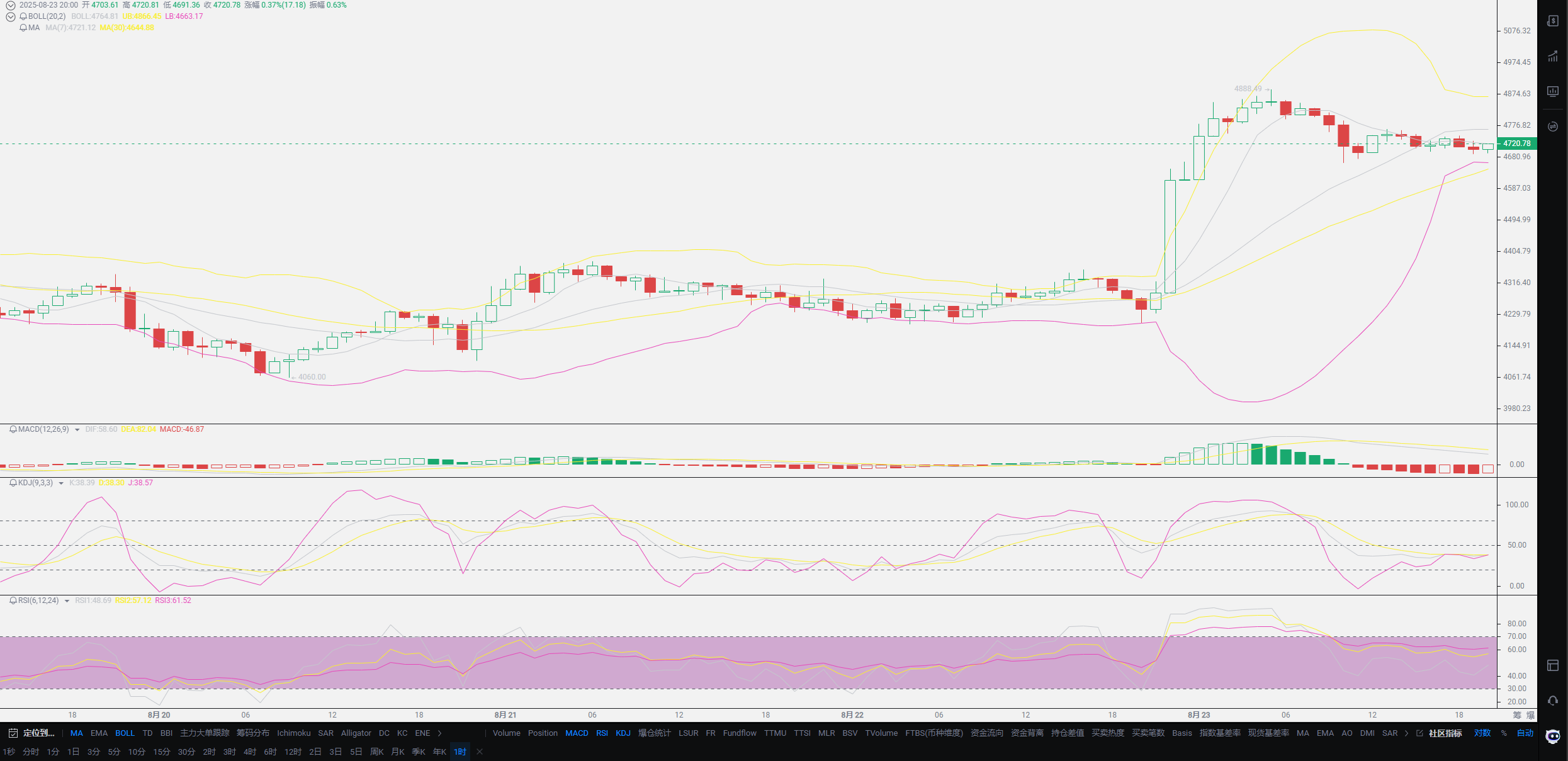
First, let's talk about the first question. A good economic situation is not simply viewed through consumption data or the real economy. It is about positive lower-level income and consumption data. Many friends believe that the current economic situation is poor based solely on surrounding businesses, which is somewhat one-sided. Taking a country as an example, a country's economy is usually assessed by GDP growth. The US data has consistently shown positive growth; have they not encountered a financial crisis? The three main factors that can affect GDP are consumption, import and export trade, and investment. The problem we face is simple: it is a consumption issue, where domestic demand cannot operate normally, leading to overcapacity. The US, unlike us, faces issues with import and export trade. Although the numbers are large, the import data far exceeds exports, resulting in a significant trade deficit, which can lead to inflation. Based on the data from these three engines, the current global economic situation is indeed in a sub-healthy state.
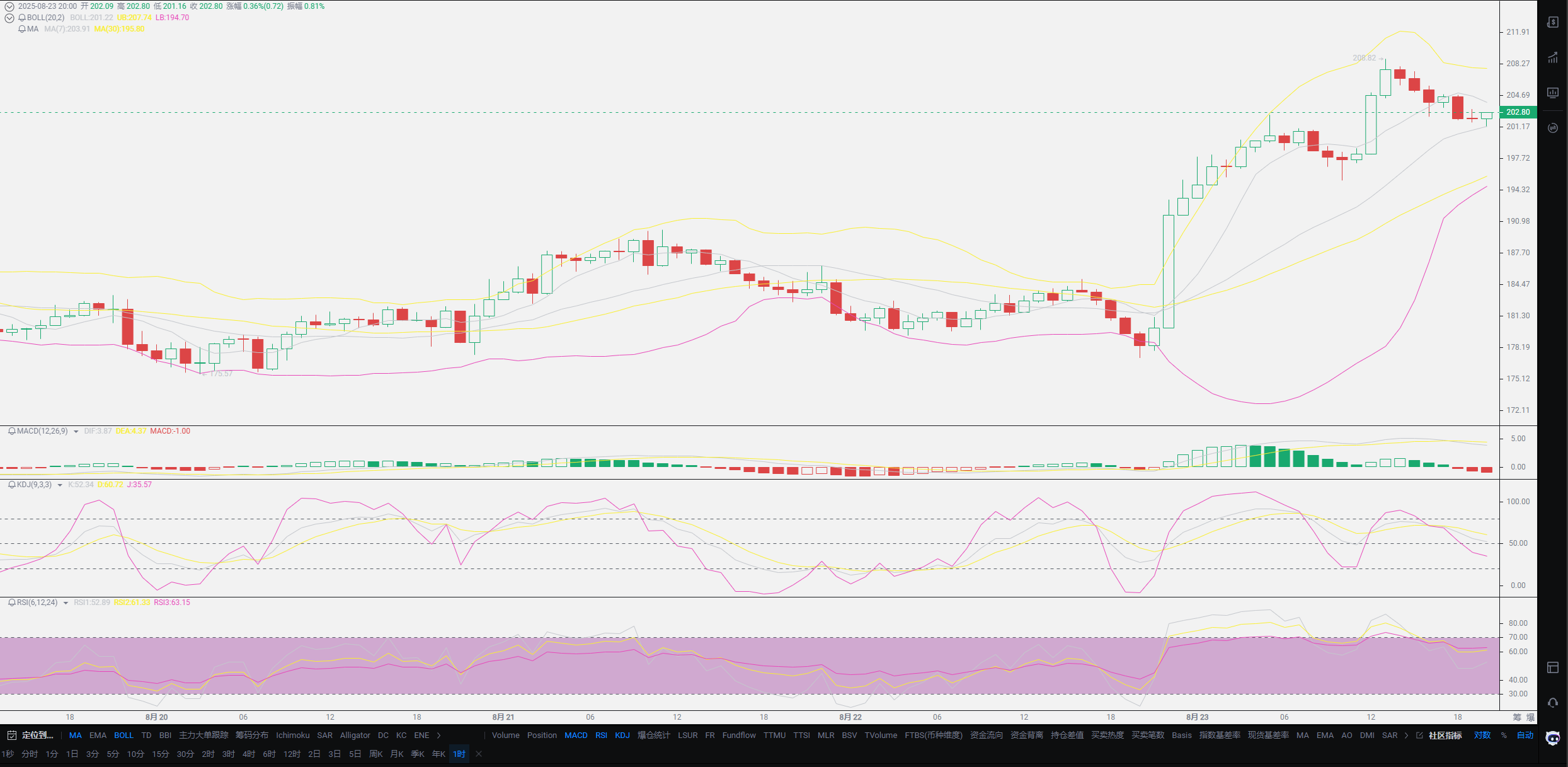
The second question is about the source of these three engines, which leads to a poor economic situation. The trigger point lies in overcapacity and the excessive foreign debt of the US. Undoubtedly, the current financial market is set by the US, and global economic indicators are referenced against the US. If the US encounters problems, the global economy will be affected. At the same time, in order to eliminate the trade deficit, the US will engage in a tariff war; only by increasing tariffs can the trade gap be smoothed out. Due to the alliance of a community of shared destiny, its smaller allies can only echo this, such as Japan, the EU, and South Korea. These industrial powers rely on US technology for survival and have no resistance capability. To digest the US's foreign debt, some interests will inevitably be sacrificed. Currently, we certainly will not comply with such unequal trade, but aside from us, there is no market that can digest the US's foreign debt. Especially since we are still in a state of selling off US debt, this will further exacerbate inflation on the US side. This contradiction can be said to be irreconcilable. From the US's interest rate cuts, we still maintain the state of selling off US debt, which basically indicates that this crisis is extraordinary. It can be said that the biggest factor in the current poor economic situation is the global level of confrontation.
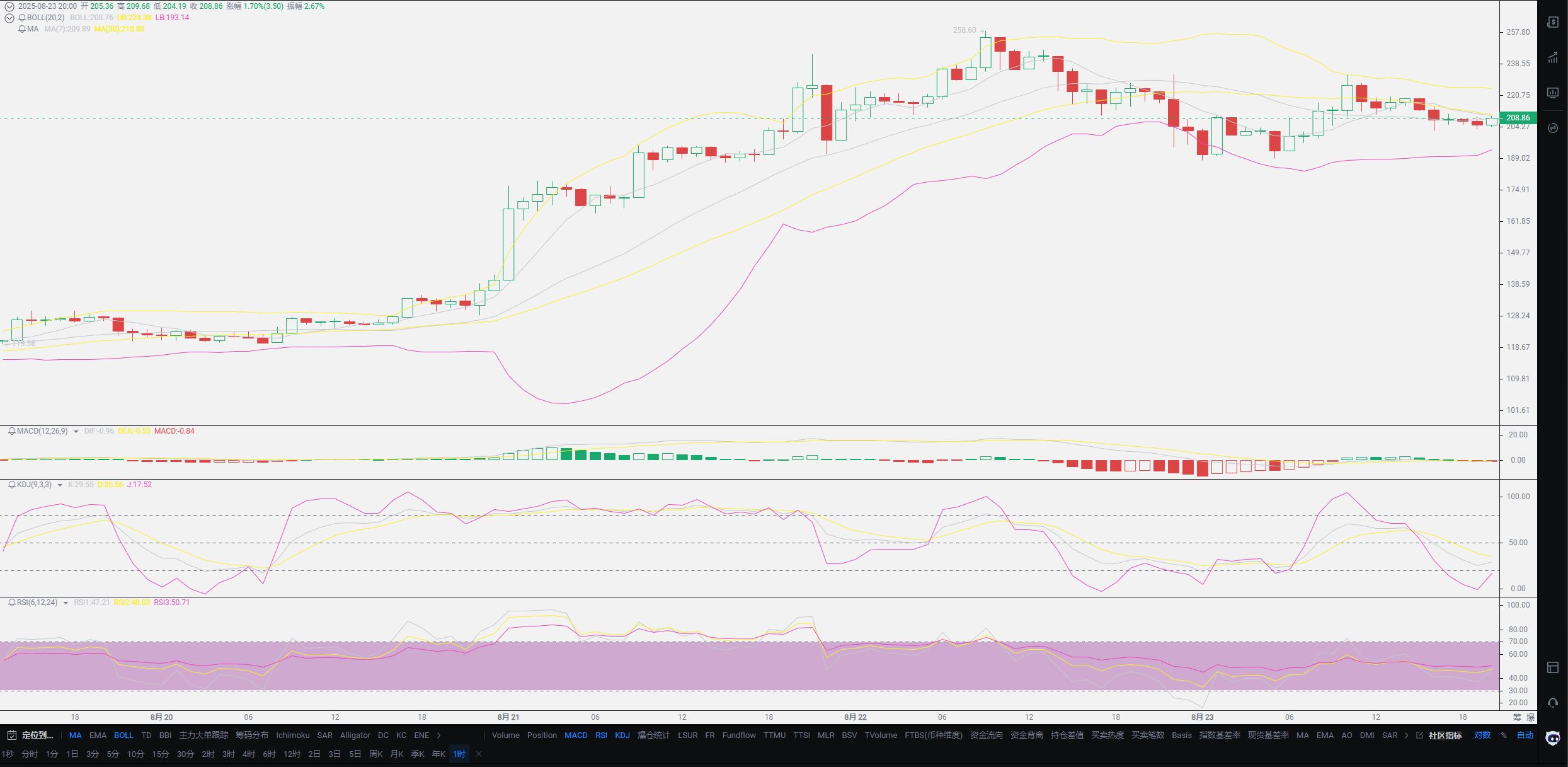
So, in the face of this situation, why does the US want to cut interest rates? What is the purpose of the rate cut? These two questions can be discussed simultaneously, as they are causally related. Whether it is the three engines mentioned above—consumption, import and export trade, and investment—or the national level of confrontation, the key factor that ultimately affects life is employment. This is a crucial link. The purpose of cutting interest rates is to channel upper-level funds into lower levels; only when more people dare to consume can there be positive economic circulation. This will unblock the entire industrial system's flow, much like a blood clot. The formation of a blood clot is not a one-day effort, nor will blood circulation be smooth just by removing it; if bad habits are not changed, blood clots will form again. The confrontation between the two is merely a competition for job positions. Tariffs on companies like TSMC and Tesla, etc., are all aimed at forcing companies to return to the US, thereby providing more jobs.
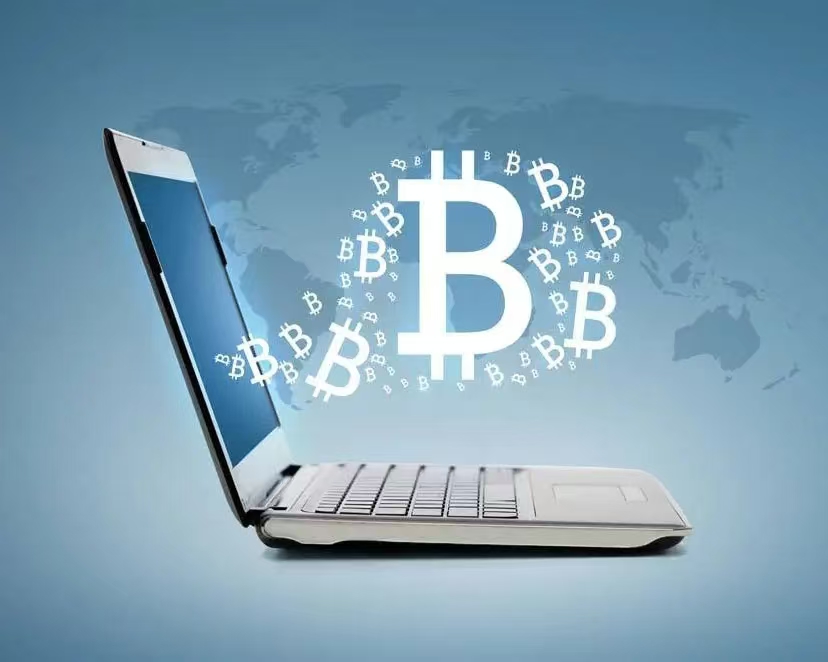
The purpose of cutting interest rates is to promote the return of companies, allowing these companies to return to the US to alleviate cost issues and make loans easier. To prevent restrictions from other countries, the birth of stablecoins has been promoted. It can be said that this entire chain is a channel carefully crafted by Trump. If viewed purely from an economic perspective, Trump is indeed the president who understands the economy the most, and Lao Cui truly admires him. At the same time, everyone can think about it: not long ago, Trump directly exposed the falsification of employment data, which is extremely fatal. The falsification of employment data will inevitably lead to interest rate cuts in the US; these two are linked. Therefore, regarding the interest rate cut in September, from Lao Cui's perspective, it is undoubtedly a fact that will occur. The only deviation is how many times it will be cut this year. Based on Trump's actions, it is very likely that there will be more than two rate cuts this year, and the rate cut may reach 75-100 basis points. If the intensity increases, it may have a broader prospect for the coin circle.
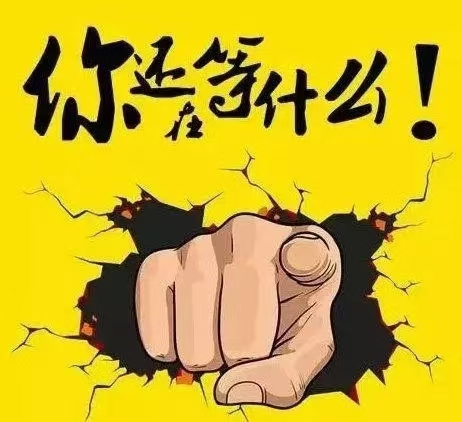
At the same time, Lao Cui has also seen that many analysts in the market unanimously believe that this rate cut may be the US's swan song. A well-known analyst believes that the US stock market will face a major problem in September this year, and many friends are particularly concerned about these two issues. Everyone can look at the previous interest rate cut cycles to see whether they were in a bear market or a bull market. Learning from history, I also hope everyone speaks with real data and does not maliciously speculate about any market. Lao Cui admits that the current bull market in the US has bubbles, and the falsification of employment data last year has also led to more bubbles in the US stock market. But do not forget that most countries around the world have accepted unequal tariffs, and most countries have officially begun to pay tariffs. These tariffs are enough to offset the bubbles in the US, and combined with Trump's various forms of attracting investment, the gap can be filled. More stablecoin links in the black and gray industries—how much the US ultimately benefits from this is incalculable. One point to remind is that at the beginning of a certain period, the US had already imposed a 20% tariff; in fact, the current negotiations are gradually tilting the balance.
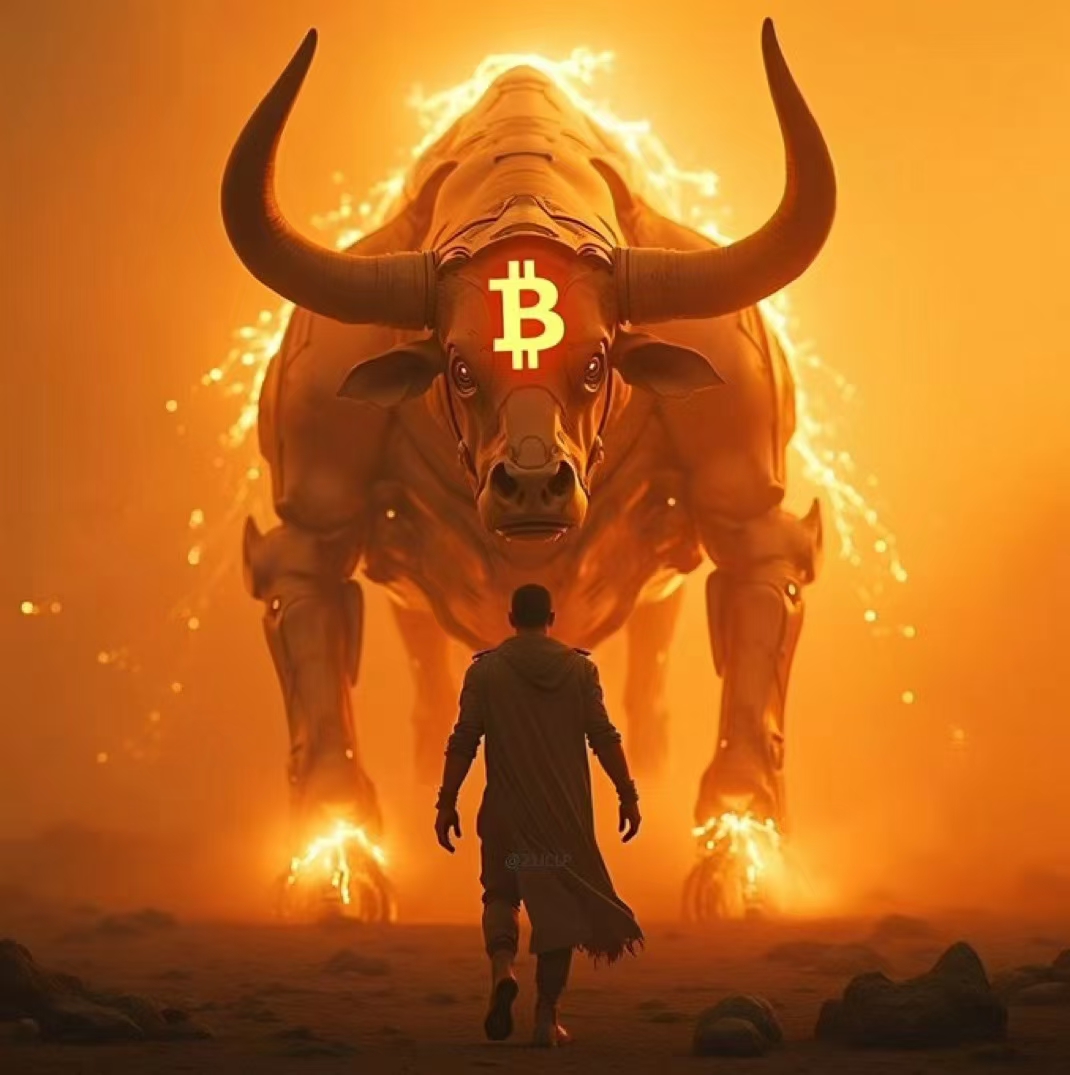
Lao Cui summarizes: Many issues still cannot be elaborated on, and I hope everyone's understanding can be enhanced. Regarding the issue of interest rate cuts, everyone should also be less disturbed. Just remember that in the future, assets linked to the US dollar will mostly increase; it is just a matter of the growth rate. Currently, if you think the assets in the coin circle are too high, it is merely from the perspective of thinking that there is more bubble. However, from a developmental perspective, the current market value of the coin circle is completely negligible compared to the US and US stocks. Do not underestimate the energy of the coin circle; at this stage, the coin circle is being promoted globally. Economic powers such as the EU, Japan, and South Korea are all pushing for the implementation of stablecoin legislation, which means that their future currencies will directly connect to on-chain data. Complete transparency is extremely beneficial for the US; the coin circle may become the future currency center, and the Ethereum public chain is capable of carrying all data operations. The foundation of Bitcoin cannot be ignored; from the perspective of the entire currency, the energy of the coin circle has not yet exploded. Therefore, everyone must properly reserve the chips in their hands and not be misled by smoke screens. Bitcoin, Ethereum, SOL, and OKB have been reaching new highs recently, indicating that the bull market has not ended.
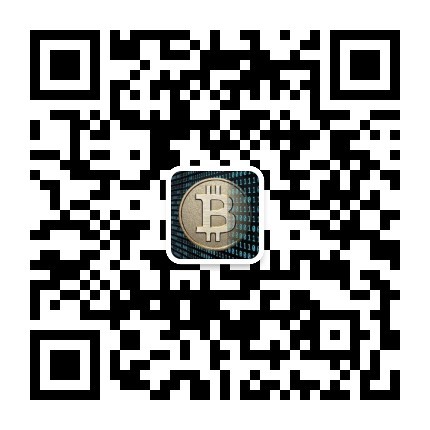
Original creation by WeChat public account: Lao Cui Talks About Coins. For assistance, please contact directly.
Lao Cui's message: Investing is like playing chess; a master can see five, seven, or even ten moves ahead, while a novice can only see two or three moves. The master considers the overall situation and the big trend, not focusing on one piece or one territory, aiming for the ultimate victory. The novice, on the other hand, fights for every inch of land, frequently switching between long and short positions, only competing for short-term gains, and often finds themselves trapped.
This material is for learning reference only and does not constitute trading advice. Trading based on this is at your own risk!
免责声明:本文章仅代表作者个人观点,不代表本平台的立场和观点。本文章仅供信息分享,不构成对任何人的任何投资建议。用户与作者之间的任何争议,与本平台无关。如网页中刊载的文章或图片涉及侵权,请提供相关的权利证明和身份证明发送邮件到support@aicoin.com,本平台相关工作人员将会进行核查。



